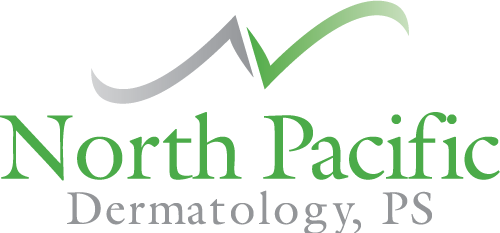How to Identify and Treat Acne and Sebaceous Cysts
Acne is a condition that affects millions of people around the world, but identifying it can be tricky. In some cases, you may have a sebaceous cyst that you’re mistaking for a pimple. But how do you identify and treat acne and sebaceous cysts? Here are a few important tips.
Identifying Acne
Acne typically occurs when oil and dead skin cells get trapped in pores and hair follicles. There are also certain kinds of bacteria that may contribute to the development of acne. It can appear almost anywhere on the body. Some of the most common areas you’ll find acne include the face, forehead, chest, upper back, and shoulders. Fortunately, identifying acne symptoms is relatively simple. The most common effects of this skin disorder typically include whiteheads, blackheads, papules, pimples (pustules), and nodules. Pimples are one of the most easily identifiable symptoms of acne because of their appearance. These pustules appear as small red or white spots on the skin. This is the result of the pus at the tip of the pustule, and they can occur anywhere on the face. Blackheads may occur more often on the nose and forehead. There are varying degrees of this condition– some people may experience small breakouts, while others may suffer from painful nodules under the skin. Most cases of acne are visually diagnosed based on the symptoms listed above.
Identifying Sebaceous Cysts
Unlike the pimples that typically occur with acne, sebaceous cysts are formed when keratin fluid is trapped near a damaged hair follicle or a blocked duct underneath the skin. This means that sebaceous cysts are under the skin, unlike pimples which typically form much closer to the outermost layer of your skin. Unfortunately, this means cysts can’t be “popped” like a regular pimple would be. In this case, picking or scratching at a sebaceous cyst would do much more harm than good. If you’re not sure whether or not you have a cyst, look for a dome-shaped bump that is firm and relatively mobile. You can find sebaceous cysts most commonly on the scalp, face, neck, and back.
Treatment for Acne and Cysts
Acne and cysts can both be treated at home, but it’s typically recommended to go to a dermatologist for more accurate diagnoses and more effective treatment options. If you want to try an at-home treatment for acne, you can find multiple over-the-counter acne treatments with salicylic acid in them. This ingredient is usually effective in aiding the treatment of acne. As far as sebaceous cysts go, it’s possible that they will go away on their own. At-home treatments typically include hot compresses and keeping the affected area as clean as possible. As far as cosmetic dermatology services go, a cyst will typically be surgically removed to ensure it doesn’t occur again.
When Should You See a Doctor?
While it’s always a good idea to see your dermatologist for diagnosis and treatment, there are instances where acne and cysts go away on their own. That being said, it’s important to know when home remedies aren’t going to work. If you’ve tried cyst and acne treatment at home to no avail, it could be time to see a doctor. In addition, if you notice a foul smell, leaking pus, or experience pain at the site of a sebaceous cyst, it’s important to see your dermatologist right away.
At North Pacific Dermatology, we want to help you live your happiest, most confident life. If you have questions about acne, set up a consultation with our team today. Together we can find the right acne treatment for you.
